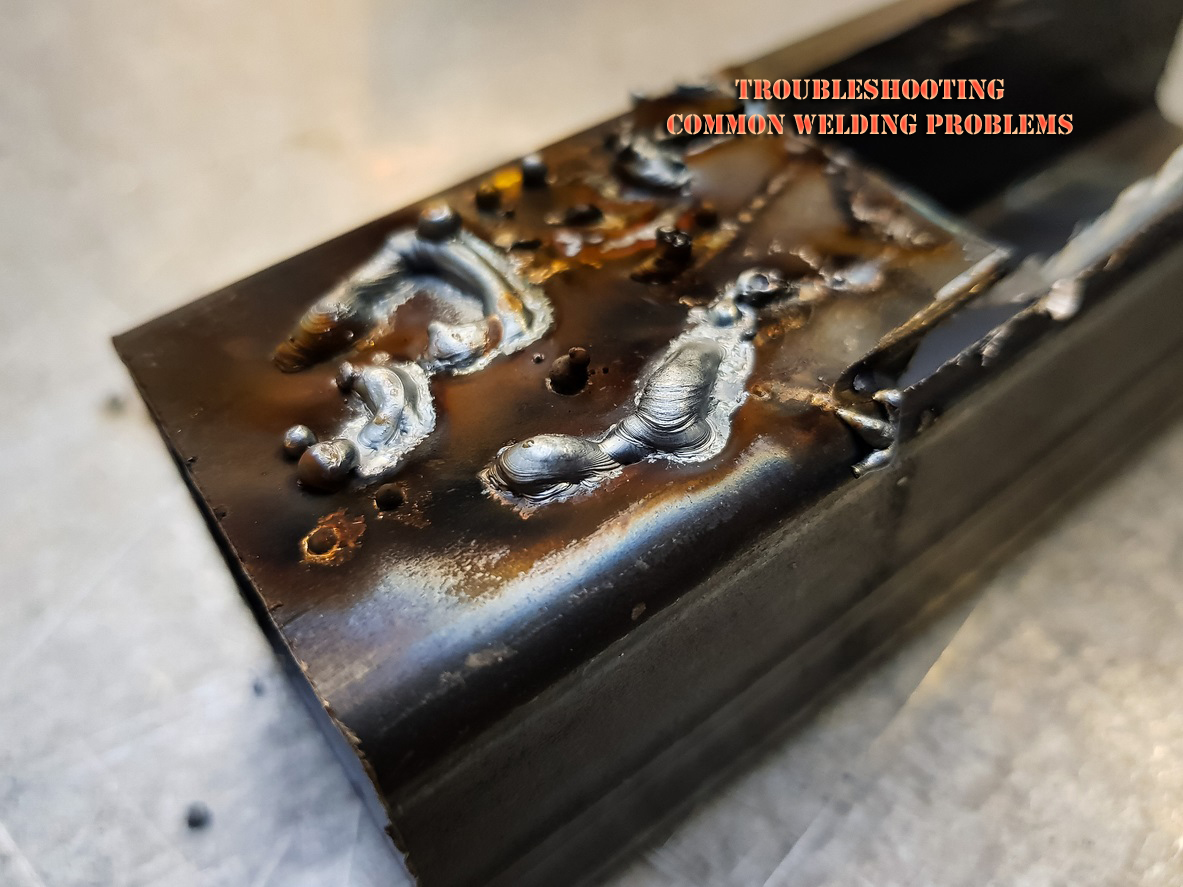
Troubleshooting Common Welding Problems
Troubleshooting common welding problems is a necessary part of developing welding proficiency. At MuggyWeld, we believe that every weld should be a good weld. While we ensure that the utmost care and correct welding technique is used and the right amount of welding metal is deposited, some welders practice poor welding habits which result in faults and common welding problems.
Undercut Resulting In Stress And Fatigue Crack
A number of reasons which can lead to this welding problem include but are not limited to, high welding current, oversized electrode diameter, wrong electrode positioning, and incorrect electrode manipulation. The cure to this problem could be a number of things including the use of a smaller diameter or the use of a moderate welding current. Furthermore, the selection of correct electrode positioning or avoiding a large molten weld puddle would help troubleshoot this common problem.
Unpleasing Weld Spatter
While this common problem does not affect the structure, it is not aesthetically pleasing. This generally happens from the use of the incorrect wrong electrode along with too high a welding current. Alternatively, it is caused by the wrong polarity or an ill-sized electrode. To troubleshoot this problem, use the correct current setting, check for inherent spatter on the electrode, use the correct polarity, and an electrode sporting the correct diameter.
Poor Weld Appearance
Caused by the failure to clean the finished weld deposit, poor welding technique, improper joint preparation, and electrode manipulation, among other reasons, this common welding problem can be troubleshot by removing all flux, slag, and spatter from the base metal or weld bead. Should this not fix the problem, we recommend that proper joint preparation is used as well as a correct technique and appropriately sized electrode.
Structural Failure From Incomplete Penetration
Another common welding problem, incomplete penetration can be caused by overly rapid welding speed, improper joint preparation, the use of an oversized electrode, or insufficient welding current. This common problem could be fixed in a number of ways. The main ways include slower welding speed, the provision of a sufficient gap at the bottom of the weld, and the use of sufficient welding current.
Poor Fusion
Another welding problem is poor fusion which is caused by improper current settings, welding techniques, insufficient joint preparation, and ill-sized welding electrodes. To troubleshoot this problem, it is advised to use sufficient high welding currents as well as widened weaves and a small electrode.
Distorted Weldment
To return to a desired state after distortion, care needs to be taken as well as proper design. When a welder fails to control the welding heat or fails to follow an improper welding sequence, distortion occurs. To troubleshoot this problem, study the structure and define a proper welding sequence. Then be sure to properly align the various parts and distribute the welding heat. Pre-form the parts sufficiently and clamp or tack weld the parts.
Plate Warping And Structural Weakening
This common welding problem is caused by improper joint preparation, incorrect welding procedure, improper clamping of parts, and excessive local heating. To troubleshoot this problem, careful fit-up of the joint preparation must be performed as well as the use of a back step or skip sequence welding procedure. Furthermore, clamp the parts adjacent to the joint and weld as rapidly as possible using a high-speed welding electrode with moderate penetrating characteristics.
Other Common Welding Problems
MuggyWeld offers advice and tips on troubleshooting other common welding problems, but we advise every welder to produce good welds from the start. A satisfactory weld performs its purpose and boasts strength, ductility, and other beneficial characteristics. Therefore, high-quality products, proper care, and techniques are always recommended from the beginning.
